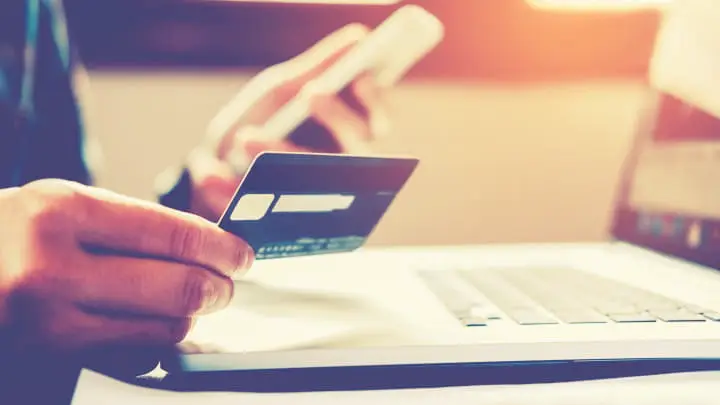Your credit card is a short-term loan to the bank. When you swipe your card, you are eschewing cash for this loan. Therefore, when it comes time to pay for your expenditures, it is important to know what sort of agreement you have made.
This is what you need to look out for in a credit card statement.
Table of Contents
1. Balance
First, you need to understand the difference between statement balance vs current balance.
Your statement balance is the billing cycle. This is typically about 30 days of payments, credits, and expenditures.
Your current balance includes everything, including last night’s pizza. The key is that your payment that is owed is based on your statement balance.
According to the experts at SoFi , “The current balance could potentially reflect a smaller number than the statement balance.”
2. Payment Information
Your payment information states what you owe for this billing period. In addition, there is a due date where you must make that payment to avoid any interest or penalties, as well as any negative hits to your credit score.
Sofi always recommends paying off your current balance every month. If not the full amount, as close to the full amount as possible. This is a good habit to get into, and it helps to build up your credit.
3. Minimum Payment Warning
If you are debating on whether or not you will pay your statement balance in full, Sofi recommends that you look at the minimum balance warning. This detail tells the cardholder how long it will take to pay off a balance if you only make minimum payments.
This feature was put into law with the CARD Act of 2009. This is meant for consumers to understand how interest charges will keep them paying for longer than they may have originally intended.
4. Account Activity
You should check this thoroughly to make sure that this is accurate. Oftentimes, people inadvertently sign up for subscription services. This is an opportunity to make changes if you did not intend on this.
Also, note that if you purchase from a company, the name of the website or brick-and-mortar store may be different from the name on the charge. SoFi always recommends that you double-check.
5. Interest Charges
Paying interest charges can quickly dig into your monthly budget. Looking at your statement and examining what the interest is for purchases, as well as balance transfers or cash advances, is important for you to understand how much this is costing you.
6. Late Payment Warning
What happens if you make a late payment? It could be more costly than a late fee. This could also affect your interest rate. Before you decide to make a late payment, understand the financial consequences.
7. Reward Information
Many cards offer perks such as rewards. These points can add up to gifts, airline tickets and more. Always check when the points expire and the terms and conditions in order to take advantage of this perk.
8. Credit Utilization
Lastly, there is something that is not in your statement that you should still be calculating. That is your credit utilization ratio. At most, your balance should be 50 percent of your entire credit limit. Ideally, you should only use 30 percent.
Learning how to read your credit card statement will help you build your credit and avoid those pitfalls that ultimately hurt your pocketbook.
